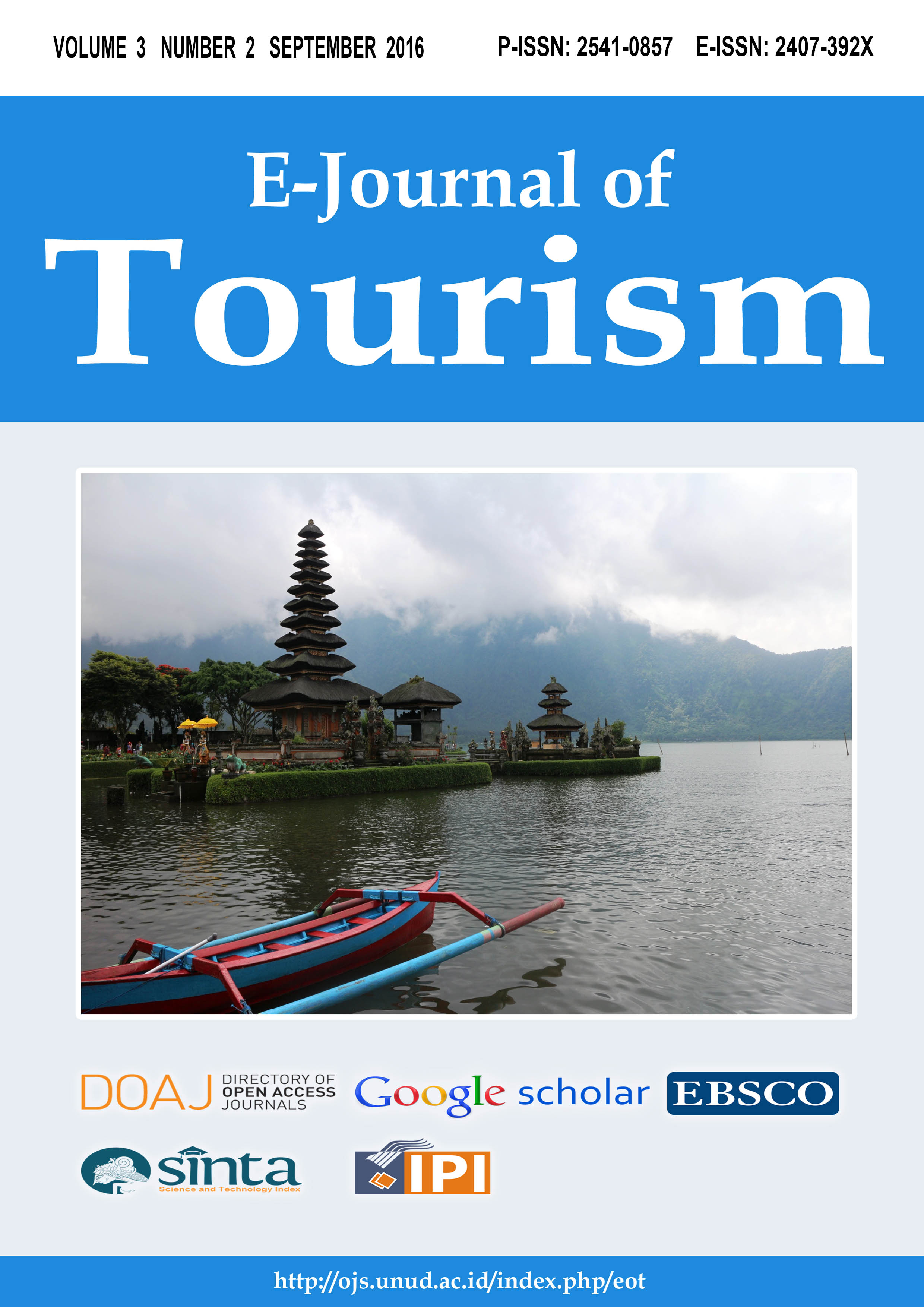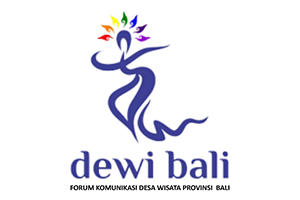Social Capital: a Basis for Community Participation in Fostering Environmental Education and the Heritage Tourism Development of Cibalay Megalithic Site
Abstract
Social capital is an often-unrecognized staple of community participation in a tourism site’s development, although social capital comprises elements essential for successful community-based participation. This paper discusses how the host community’s participation in the tourism development of Cibalay Megalithic Site was driven by local social capital. Cibalay Megalithic Site is one of the last reminders of ancient beliefs and is an iconic landmark, located within the Bogor Regency of West Java, Indonesia. It is also within the protected area of Gunung Halimun Salak National Park. Cibalay Megalithic Site is a product of a socio-cultural environment, deriving from the relationship between man and nature. Thus, its tourism development should interpret this history and promulgate environmental education as one of the key elements of sustainable tourism. The local Village of Tapos I was established as a tourism village; within this village, the hamlet of Sinar Wangi was declared a conservation hamlet. Both designations were achieved due to local initiatives of the host community in developing local tourism, with Cibalay Megalithic Site as the iconic tourism focus of the area. The high level of trust towards local figures and visitors, the conservation norm of “leuweung hejo, masyarakat ngejo” (if the forest is green, then the people will be prosperous) underlying everyday local life that indicates the importance of nurturing nature, good inter-personal relations between village members, and good social networking with outsiders: all combined to create the conditions and motivation that facilitated collective action in developing local heritage tourism.
Downloads
Keywords

This work is licensed under a Creative Commons Attribution 4.0 International License.
The copyright of the received article shall be assigned to the journal as the publisher of the journal. The intended copyright includes the right to publish the article in various forms (including reprints). The journal maintains the publishing rights to the published articles.




















